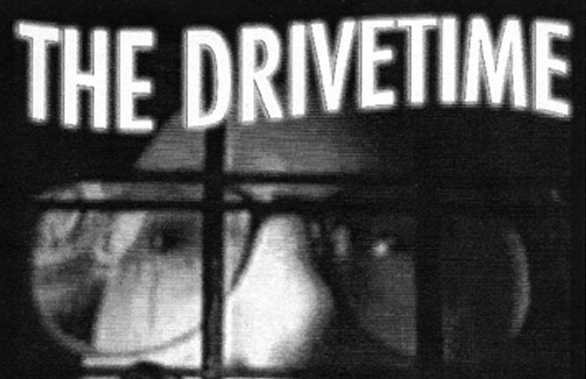Film Review by Brian Matherly
for the Jacksonville Film Journal
January 1, 2000.
In the year 2023, a librarian named Flux (Michael Douglas, not
the lucky one married to Catherine Zeta-Jones) spends his time
collecting data about the social upheavals that lead to seismic shifts
which caused the US to fragment into islands many years before. By way
of time travel, Flux is able to enter the world of 1999 through the
dreams of Vid (Michael George), to find subversive riot footage that was
the turning point in the downfall of society. Vid's job with the
official (and government run) TV network NGZ is to film the riots for
broadcast to the masses, a job which his enlightened girlfriend Zola
(Susan Mansfield) feels is wrong and wishes he would quit. Zola is just
one of many who have gained the ability to speak telepathically with
others, a power which those who possess it feel is the closest and most
personal way for people to communicate, especially when compared to the
cold and unfeeling internet.
When Vid captures the footage that Flux is looking for, he soon realizes
what he has been participating in and no longer wants any part of it.
He asks Zola to assist him in re-editing the footage for broadcast on
the Televisionary Terrorist Net Web, a renegade network that is
dispensing counter-information to the masses. Through their efforts,
Vid hopes to once and for all awaken the population so they can see the
tyranny that the government has been committing for many years.
Shot entirely on video, The Drivetime is a cautionary tale about the
dangers of the media in all forms and bears resemblance to the short
film La Jetee (and more closely 12 Monkeys, which was inspired by that
short film). It's ironic that director Antero Alli chose to shoot his
film on video, especially since the film that Vid and Zola make ends the
film with a narration by Zola that asks humanity to turn off their TVs
and re-open their minds. But the ultimate irony I suppose would be that
I'm reviewing his anti-internet film for an internet movie review site.
Despite these ironies, The Drivetime is very adept at getting its point
across.
Assisted and inspired by the Televisionary Oracle guru Rob Brezsny, The
Drivetime follows the idea that television is eating away at our minds.
Brezsny states "[the mind is] being pummeled into dysfunction by the
numbing onslaught of generic and nihilistic images that endlessly flood
from the mass media". He feels that the imagination is the most
important thing to keeping society together and the constant onslaught
on negative images from the media will eventually lead to the downfall
of society. For anyone interested in learning more about Brezsny's
strange but thought provoking ideas about what should be done about
this, check out his web site.
Antero Alli has crafted a compelling look at what might happen to
society if we become over saturated with subversive images from the
media. The performances are solid and the film's narrative never gets
too heavy-handed, which can oft times be the case when making a film
such as this. Despite the limitations of the video format, Alli uses it
to its fullest advantages and the film actually benefits from it.
Alli's use of color to delineate different time periods is also good,
with black and white normally showing the future and a sepia tone
usually reserved for the world of 1999. [Editor's note: the
writer/director also has his own web site at www.verticalpool.com]
The film is
presented full frame and looks as crisp and clear as video can, save for
a few instances where the images were intended to look digitized or in
some other weird state. Anyone who is interested in science fiction as
political allegory should check out The Drivetime, especially if the
subject matter is something you feel you might be interested in.
